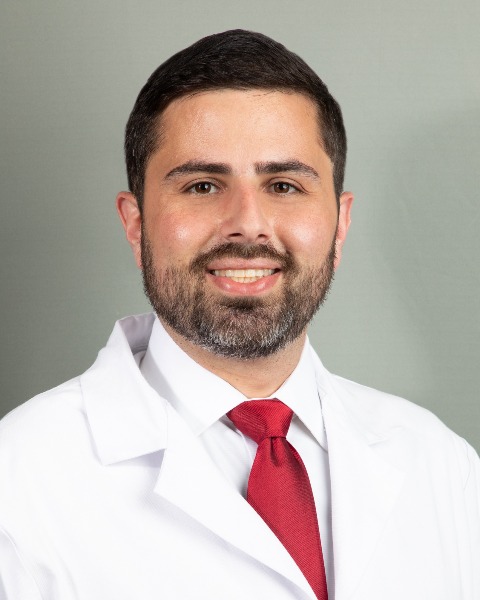Rapid Fire Abstracts
Deep Learning to Predict Myocardial Scar Burden and Uncertainty Quantification (RF_SA_473)
- NJ
Nivetha Jayakumar, BEng
PhD Student
University of Virginia - NJ
Nivetha Jayakumar, BEng
PhD Student
University of Virginia - JP
Jonathan Pan, MD, MBA
Cardiovascular Imaging Fellow
University of Virginia Medical center - SW
Shuo Wang, MD, PhD
Research Associate
University of Virginia Health System 
Jeremy A. Slivnick, MD
Assistant Professor
University of Chicago- NH
Nisha Hosadurg, MD
Advanced Cardiovascular Imaging Fellow
University of Virginia - CD
Cristiane C. De Carvalho Singulane, MD
Postdoctoral Researcher
University of Virginia Health System - BP
Bishow Paudel, MD
Advanced Imaging Fellow
University of Virginia - SB
Sivam Bhatt, MD
Medical Student
University of Virginia 
Amit R. Patel, MD
Professor of Medicine
Division of Cardiology, University of Virginia Health System, Charlottesville, Virginia, USA.- MZ
Miaomiao Zhang, PhD
Assistant Professor
University of Virginia
Presenting Author(s)
Primary Author(s)
Co-Author(s)
Methods: We used LGE cardiac magnetic resonance (CMR) images from 275 patients with manually annotated regions of myocardial scars, endocardial and epicardial boundaries semi-automatically labelled using suiteHEART. 2D slices with regions of LGE with corresponding scar annotations were extracted for all patients, followed by cropping and masking them to the left-ventricular myocardium (ROI). The slices were resized to 128x128 using bilinear interpolation. We used 90% of this processed data for training, while the other 10% was left as an independent testing dataset. We obtained the best segmentation performance using the Attention-UNet architecture[2]. The network prediction is used prior to thresholding to obtain the original probability (Pi) of each pixel in the slice belonging to scar tissue (Pi=1). Furthermore, to provide insights into the confidence, reliability and robustness of the model’s predictions, we perform uncertainty quantification of the model’s predictions via Monte Carlo Dropout Sampling[3], where we obtain ~1000 samples by applying test-time dropout (probability of dropout=0.3). The variance of the samples is used to quantify the model’s uncertainty. Our model was trained with a mixed focal loss[4,5]. An overview of our framework is shown in Fig 1.
Results:
Figure 2 presents examples of LGE CMRs with ground-truth myocardial scar annotations (manually labeled), predicted scar, and pixel-wise probability maps within the ROI that offer a confidence estimate for the predicted LGE regions. The figure illustrates the model’s prediction uncertainty, quantified by the variance across samples, with the degree of uncertainty proportional to the computed standard deviation. Figure 3 provides quantitative evaluation metrics, including the Dice Similarity Coefficient (DSC), Hausdorff Distance, total LGE scar area in ground truth annotations compared to predicted labels, and the percentage error in scar burden estimation. Our method demonstrates robust performance, achieving an average DSC of 0.7 and a 4.61% error in predicting scar burden.
Conclusion:
Our framework is the first to automatically quantify myocardial scar from LGE CMR images, while assessing the uncertainty in these LGE predictions through Monte Carlo dropout sampling. Future work will involve comprehensive clinical validation and comparison against clinical benchmarks, with uncertainty evaluated through multiple annotations from various experts.

